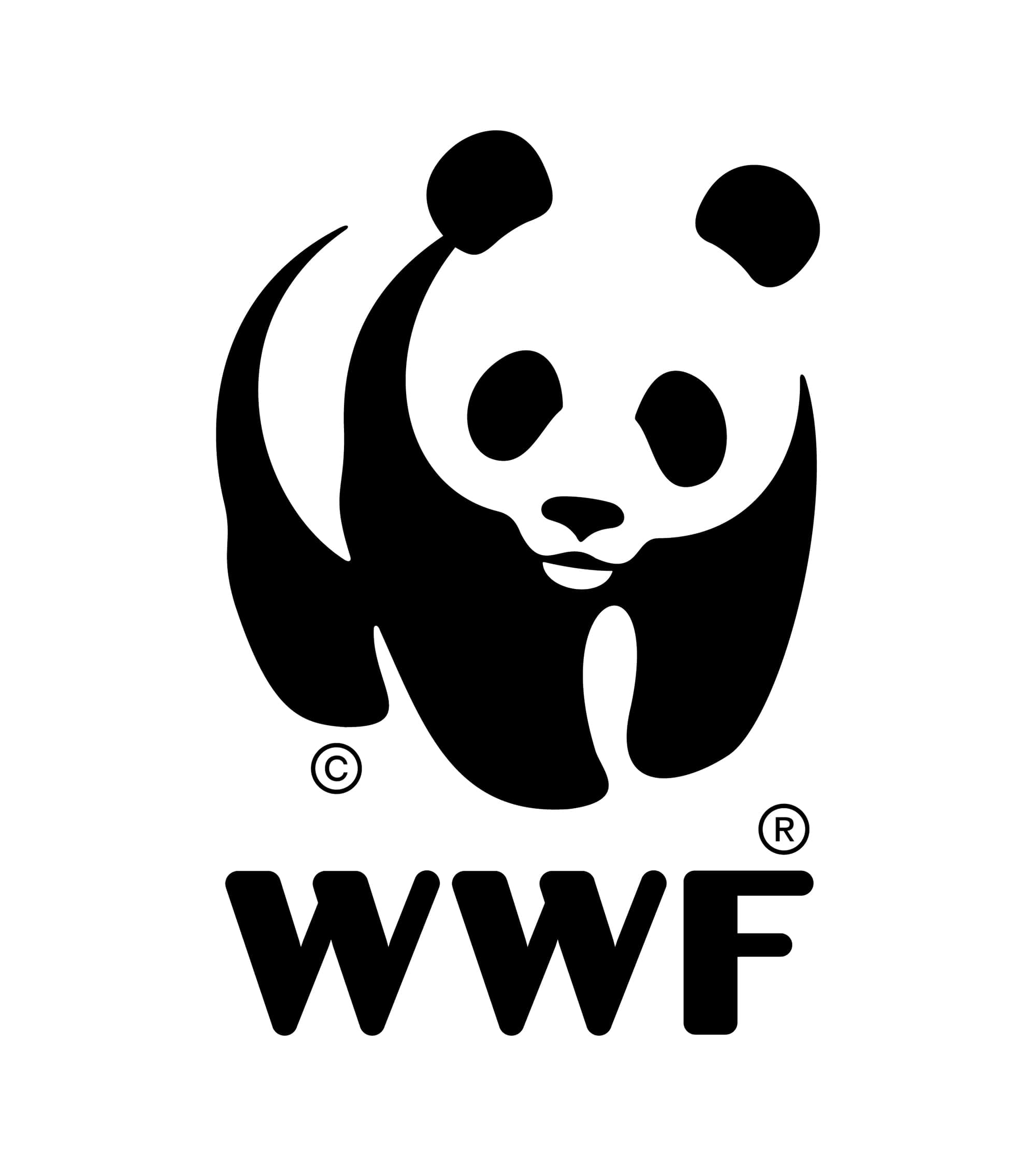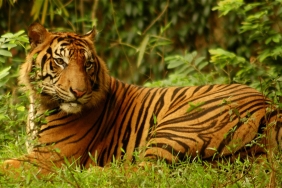REVIVING ECOSYSTEM BALANCE IN KOTO PANJANG
When the name Koto Panjang is mentioned, the most common information is about the Koto Panjang Hydroelectric Power Plant (PLTA) located in Kampar Regency, Riau. The plant produces 114 megawatts of electricity generated by three turbines and supplies ten percent of the electricity for the island of Sumatra. The source of power for the turbines is water flow from the Kampar Kanan River and Batang Mahat River, which are included in the Kampar Watershed (Kampar Kanan Sub Watershed). The large capacity of electricity generated by the Koto Panjang Hydropower Plant is quite vital for the electricity needs on the island of Sumatra.
But now the water discharge at the Koto Panjang dam is unstable. During the dry season, the water discharge is drastically reduced so that it is unable to drive the turbines. As a result, electricity supply is reduced and rolling blackouts occur. Meanwhile, when the rainy season arrives, the water level in the dam will exceed the normal discharge, causing areas along the river to be prone to flooding.
The problem arises because the condition of the water catchment area in Koto Panjang is very concerning. The forest area has decreased significantly from 3,331 km2 in 1985, to 886.1 km2 in 2014, or 73.40% of the previous forest area. Uncontrolled logging and conversion to oil palm and rubber plantations affect the water discharge at the dam. If we look at the view around Koto Panjang from the air, palm oil plantations have "surrounded" the dam. The water catchment area is no longer maximized.
In addition to the critical issue of water catchment areas, the construction of the Koto Panjang dam itself has a dark social and ecological history. At least 10 villages were drowned in the construction of the Koto Panjang dam at that time. The ten villages that were drowned have been relocated to the vicinity of the Koto Panjang dam.
Dam inundation has also eliminated terrestrial habitats for animals. The Koto Panjang site was once one of Riau's Sumatran elephant enclaves. The construction of the Koto Panjang dam caused the elephants that inhabited the area to be rescued by moving them to several places, one of which was the Minas Elephant Training Center (PLG). The entire river ecosystem was also damaged and the migration of fish and other freshwater species was disrupted due to the presence of the dam.
It is true that conditions cannot be restored to their original state. However, we can still "revive" the balance of the ecosystem in Koto Panjang for the welfare of the community and the preservation of nature. Watershed areas have very important and interrelated ecological, social and economic functions. Watershed management must be integrated as a whole from upstream to downstream, including the catchment area.
One of the rehabilitation activities to be carried out by WWF-Indonesia in Koto Panjang is to restore the forest around the dam to improve the damaged water catchment area. In carrying out this rehabilitation, WWF will involve local communities for tree planting activities and coordinate with the local government. The land restoration in Koto Panjang, which is accompanied by sedimentation mitigation, will also improve water discharge and enhance water quality in the watershed.
In addition to reviving the balance of the ecosystem in Koto Panjang, the tree planting activity will also provide economic benefits to the surrounding community who will plant, care for, and monitor its development to ensure the trees grow well. Saving the Koto Panjang water catchment area requires cooperation from all parties across sectors. You can do your part too. It's time to support and make a real contribution to the revitalization of Koto Panjang because #SungaiUntukSemua!





